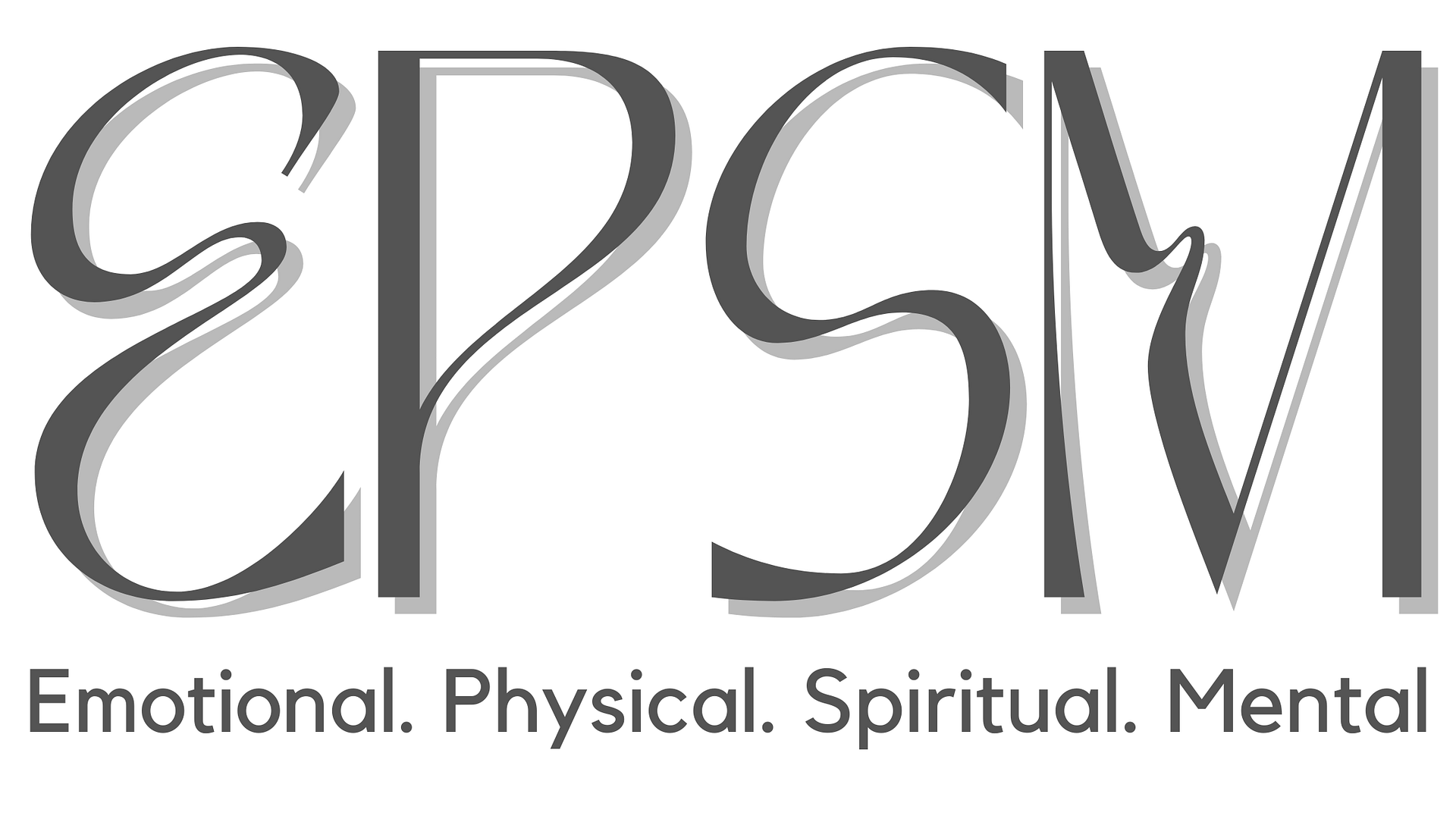You have probably heard of the Circadian Rhythm-the cycle our bodies go through in a 24 hour cycle relating to light and dark (day and night). But, have you heard of the Infradian Rhythm? It’s an exciting and fascinating key to harnessing the female body and using the body’s cycle to your advantage rather than working against it and experiencing the side effects from 6 major systems in your body.
We hear a lot about the Circadian Rhythm, especially in relation to sleep. 62% of adults worldwide say they do not experience what they would qualify as quality sleep, so it’s not surprising that people have paid attention to the Circadian Rhythm. We are desperate! It’s also something that all people across age, sex, gender and race experience similarlay. Secondly, the Circadian Rhythm is easy to understand. It cycles for 24 hours and is extremely predictable.
The Infradian Rhythm is more complicated as it follows the menstrual cycle and all the intricacies of the 4 main phases. It makes studies a bit more difficult to include because there can be so many variables. It’s also experienced only by women and therefore overlooked significantly until recent years.

How Does The Infradian Rhythm Affect Women’s Bodies?
The Infradian Rhythm follows the four phases of a women’s menstrual cycle- the menstrual phase, the Follicular phase, the Ovulatory phase and the Luteal Phase. During these phases a woman’s brain chemistry can change up to 25%. It also affects metabolism, the immune system, microbiome, reproduction and stress response. Important, right?
Wouldn’t it be great to know why you are craving something particular at the same time every month? Or figure out why you are so tired? Maybe you have terrible PMS- wouldn’t it be great to skip all that?
Here’s the breakdown of the cycles and what it means to use them to your advantage.
Note: Cycles vary from 28 to 34 days when they are regular. It can be different woman to woman and even more so when your cycle is irregular. Please use the following information as a guide.
Menstrual Phase Days 1-5
During this phase, your Estrogen and Progesterone are low. You really want to focus on eating well, sleeping well and practicing self care. Your energy is likely low and strenuous exercise should be avoided. Focus on nourishing foods and light workouts such as yoga and walking.
Follicular Phase Days 6-14
Estrogen and Progesterone are now on the rise. Your mood will improve but your metabolism is on the decline. As always, focus on eating well and limiting portions. This is a good time to throw in a HIIT workout to counteract slower calorie burn.
Ovulatory Phase Days 15-17
Estrogen peaks and testosterone and progesterone continue to rise. You will want to eat a diet that is higher in fiber to help detox all the excess hormone production. Your liver needs some help. You will be a little more high energy, a bit more extroverted and your sex drive may be reving. Add in some more strenuous exercise like sprints.
Luteal Phase Days 18- 28
At this point, Progesterone tops out. You are riding the wave to your period. This may be the time that you experience cravings and temperamental blood sugar so eat well, focusing on protein and healthy fats. Your energy level may begin to decline, so exercise should be moderate to light. Take time to rest so you enter the next phase as gracefully as possible.
Like I mentioned before, the menstrual cycle is different for everyone. Hormonal health plays a huge role. The easiest way to get a snapshot of what your body is telling you, is to start a health journal. This doesn’t have to be a daily download of every detail of your life. It can be as simple as jotting down the date and a few notable mood, energy, general feelings. Did you have a headache? Did you notice it was hard to get out of bed that morning (more than normal, I mean)? Was your skin problematic? Things like that. Not only will you start to see your cycle patterning, you may also come across the answer to what has been upsetting your tummy or causing those headaches.
Once you have noted when you are likely going through each phase, you can then really harness that information to optimize your life.
